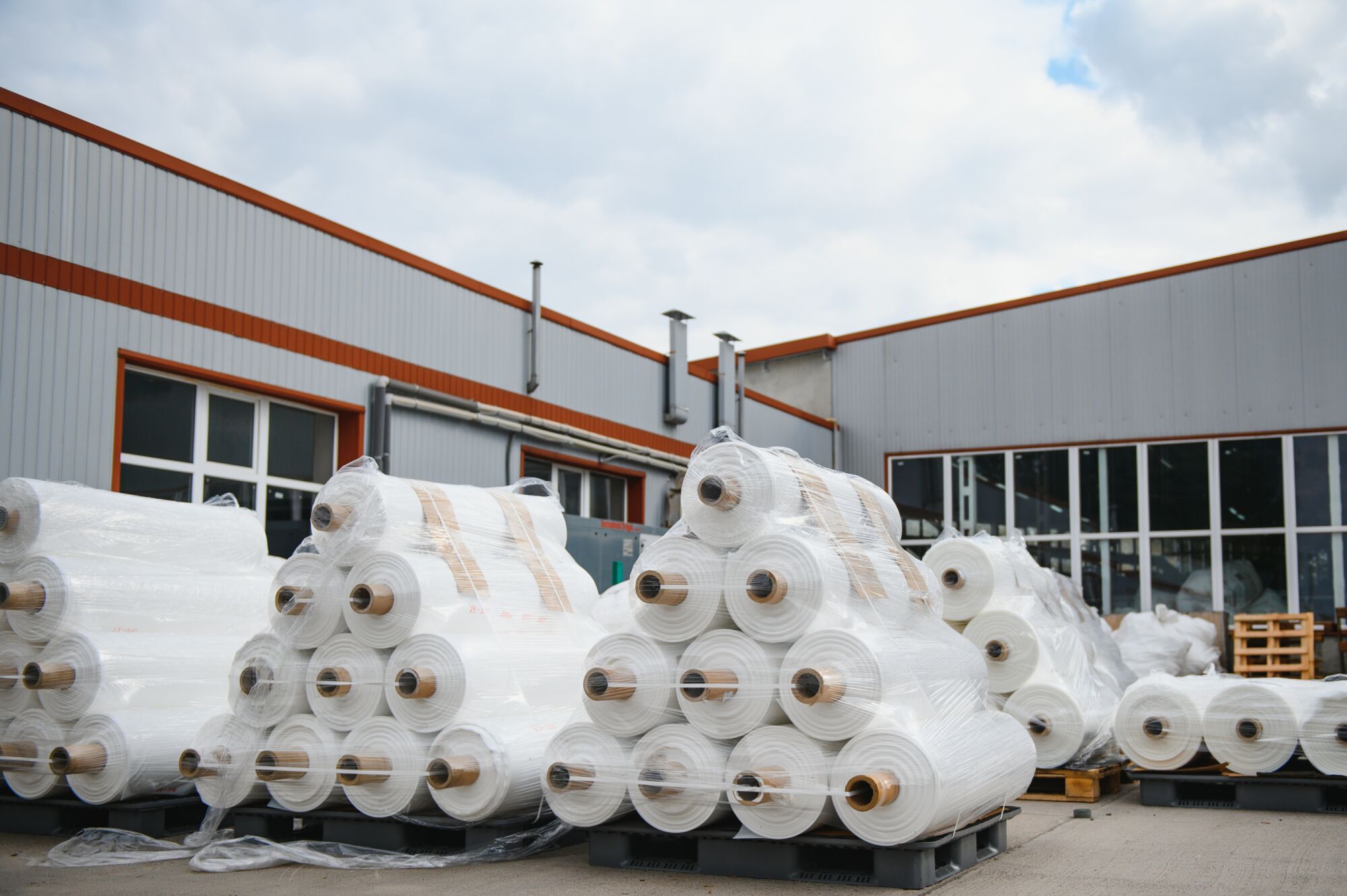
Air Bubble Insulation: Applications and Advantages
Almost all of us have used air bubble insulation materials at some point or the other. Even if you don’t really need to ship out multiple packages frequently, you might have observed some of your fragile items coming in with a bubble wrap.
This is to provide some delicate products sufficient padding and cushioning until it is delivered to the destination.
Various manufacturers and business owners need to use a bubble insulator to keep their products safe during the transit. After all, no one wants their products returned because of damage on the way.
That said, there are various other packaging materials that can be used to pack up a product. So what makes an air bubble insulation so special?
The article attempts to explain the materials that are used to make it, the making process, as well as the advantages offered.
What is air bubble insulation?
Air bubble insulation film is also commonly known as a bubble wrap. It is made of LDPE (Low -density polyethylene) and is commonly used as a wrapping material for a delicate product.

It was accidentally invented in the year 1957 by American engineers who made two plastic shower curtains which got sealed together and led to this fantastic idea.
As the name suggests, it is a multilayer film that entraps air within a bubble shaped hemispherical outer layer of the material. This structure/film provides soft padding or cushioning that is very advantageous when transporting fragile products. This is because the air cushioning absorbs the vibrations and shock and provides sufficient isolation to the delicate products.
The bubbles can be of various sizes ranging from 0.24 inches to 1.0 inches and are selected depending on the level of shock absorption needed.
What is air bubble wrap made of?
Air bubble insulation or a bubble wrap is usually made up of polyethylene (PE). Multiple sheets of polyethylene are placed one over the other and air bubbles trapped within.
Here’s how the making process goes:
Tiny polyethylene resin beads are first melted at a suitable temperature (over 450 degrees Celcius). At this temperature, they melt and combine to create thin polyethylene sheets which forms the base material of the bubble wrap.
These films are then flattened to a required thickness level.
Further, the films are fed into rollers that have small holes in it. While the film rolls down, the air is vacuumed in it and pushed inside the holes. This is how air bubbles get trapped within the layers of plastic sheets.
Once the air bubbles are blown inside, the sheets are passed through more rollers to seal the trapped air inside.
As a final step, the sheets are cut to the required dimensions.
Is air bubble insulation recyclable?
Yes, bubble wraps are completely recyclable. Various local councils collect it along with usual plastic recycling material.
Advantages of using an air bubble insulator
Following are some benefits of using an air bubble insulation sheet:
Insulates against shocks and impacts
Bubble wrap is an excellent material when it comes to keeping goods safe and secure during transportations.
Various transit systems may include obstructions like bumpy roads, rough handling, loading and unloading, etc.
The bubbles of sealed air provide flexible and soft padding to the products thereby creating a strong barrier against harsh impacts.
Air bubble wraps come in various thickness options, which can be chosen depending on the type of product being shipped. Additionally, extra fragile items can be double or triple wrapped creating a sturdy covering.
Reusability
Various household products come packaged in a bubble wrap. But that does not mean you throw away the wrappings every time you receive some goods. If you see the air bubbles intact, you can use this to pack other goods that you intend to transport in future.
This reusability makes it a very eco-friendly option as compared to other packaging materials.
Lightweight
Amongst the various packaging materials that are available, air bubble insulations are the lightest in weight. Since the material is extra light plastic and mostly air, it makes a very lightweight wrapping material for fragile products.
This is an important feature during freight and air transports because the packaging does not add any extra weight to the goods, especially when bulk goods are being transported. Less weight means lower shipping costs which also makes it cost effective.
Cost effective
Due to the easy production process and lightweight features of this material, bubble wraps are very cost effective when it is required to transport goods in bulk.
Flexible and versatile
Due to the specific structure of the material (thin polyethylene sheets with air bubbles), the sheets can be used to wrap products of any size and shape and can be cut with scissors into any required form.
Applications of air bubble wraps
Air bubble insulation is used in various industries and for various packaging materials including the following:
- Electrical appliances
- Ceramics
- Glass materials
- Precision machine parts
- Plastic molds
- Electronic goods like television, microwave, etc
- Surface protection for stainless steel products.
- Wrapping for aluminium construction material
- Thermal insulation for roof and air conditioning

Leading manufacturers provide various products under air bubble categories which include general purpose air bubble film, air bubble anti-static films, VCI (Anti-Rust) air bubble film, air bubble film laminated with EPE foam, air bubble film laminated with corrugated paper, air bubble film laminated with foil, etc.
Check out this link for more.
Final words
It’s been more than 60 years since the bubble wrap was invented and it still remains one of the most popular packaging materials for various industries. With the boom in the “online delivery” options and eCommerce industries, air bubble insulation is arguably the most cost-effective and versatile wrapping material we know of.
Sources:
https://www.smithsonianmag.com/innovation/accidental-invention-bubble-wrap-180971325/




